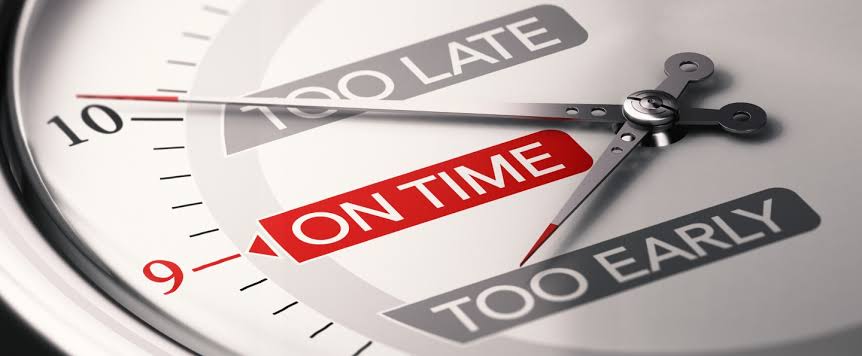When it comes to press releases, timing can be the difference between getting your message noticed or having it overlooked. You could have the most well-crafted press release, but if it’s sent at the wrong time, it might not reach the right audience. So, when exactly should you distribute your press release? Let’s explore this in a way that feels real and relatable.
The news cycle moves fast. Journalists and media outlets are constantly on the lookout for fresh stories, so knowing when to jump into the conversation is crucial. For example, sending your press release during a quiet news day increases the chances that it will stand out, but sending it when major events are dominating the headlines could make it harder for your story to gain traction. Try to time your press release to align with a gap in the news cycle or when fewer significant events are taking place. A little bit of timing foresight can give your release the attention it deserves.
If you want your press release to get the attention it deserves, avoid sending it on Mondays and Fridays. Mondays are often filled with the backlog of work from the weekend, and journalists are catching up on emails and catching up on stories from the previous week. Fridays, on the other hand, are typically quieter, as many journalists are winding down for the weekend and not likely to cover new stories. The best days to send press releases are usually Tuesdays, Wednesdays, and Thursdays, when journalists are in the middle of their workweek and more likely to focus on new content.
When you have an event, product launch, or any significant milestone coming up, timing your press release ahead of time can ensure maximum exposure. It’s best to send out your press release a week or two in advance to give journalists time to cover your story and plan their articles. For ongoing events or product launches, consider timing your follow-up press releases to maintain momentum. You might send out an initial announcement, followed by updates as the event or launch gets closer. This keeps the buzz alive and builds anticipation.
If your press release is tied to a specific season or holiday, timing is even more critical. For instance, if you’re promoting a holiday sale or event, send out your press release ahead of the season to catch early interest. Similarly, if you’re introducing a summer product, make sure your press release goes out before the season begins to get ahead of competitors and give journalists time to feature your story.
Timing isn’t just about the day of the week—it’s also about the time of day. Press releases sent early in the morning (typically between 7-9 AM) are more likely to get attention as journalists check their emails and prepare for their day. Avoid sending them in the late afternoon when people are winding down, and messages may get lost in the shuffle.
In conclusion, timing your press release distribution is just as important as the content itself. By considering the news cycle, avoiding Mondays and Fridays, aligning with events or product launches, leveraging seasonal relevance, and paying attention to the time of day, you can increase the chances of your press release getting noticed. A well-timed press release can lead to greater media coverage, more engagement, and a bigger impact for your brand.











